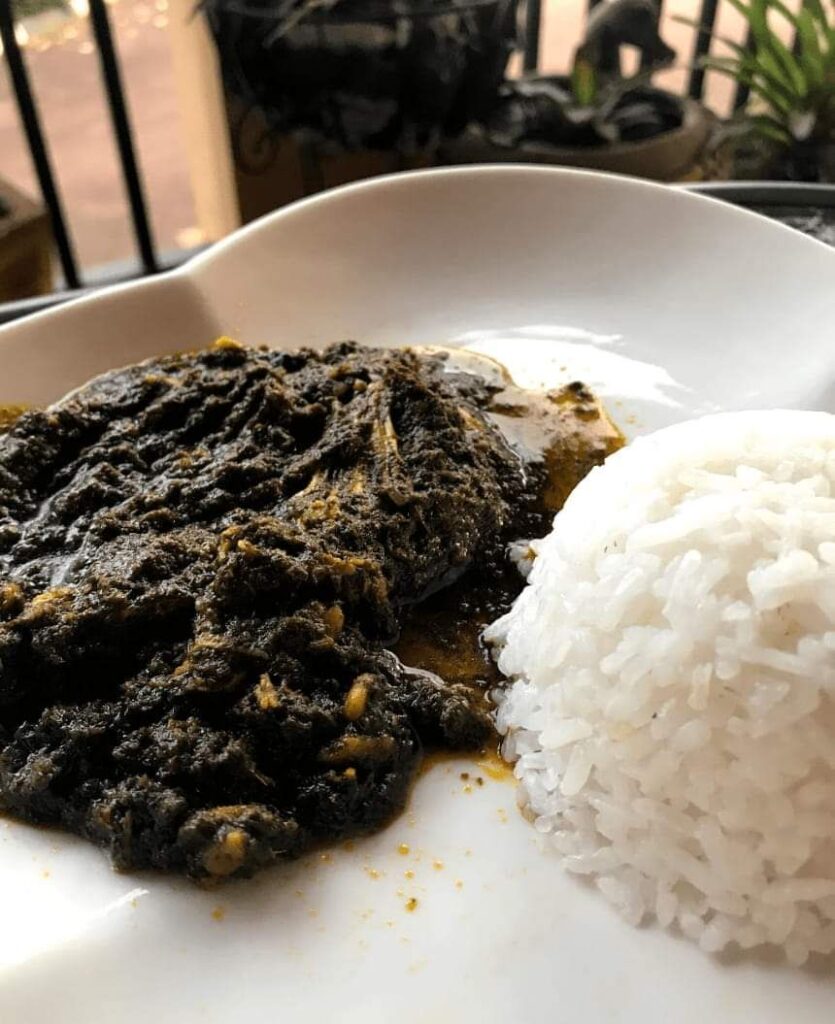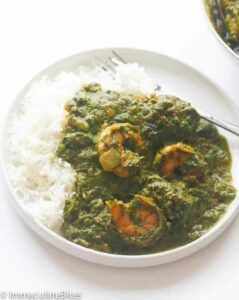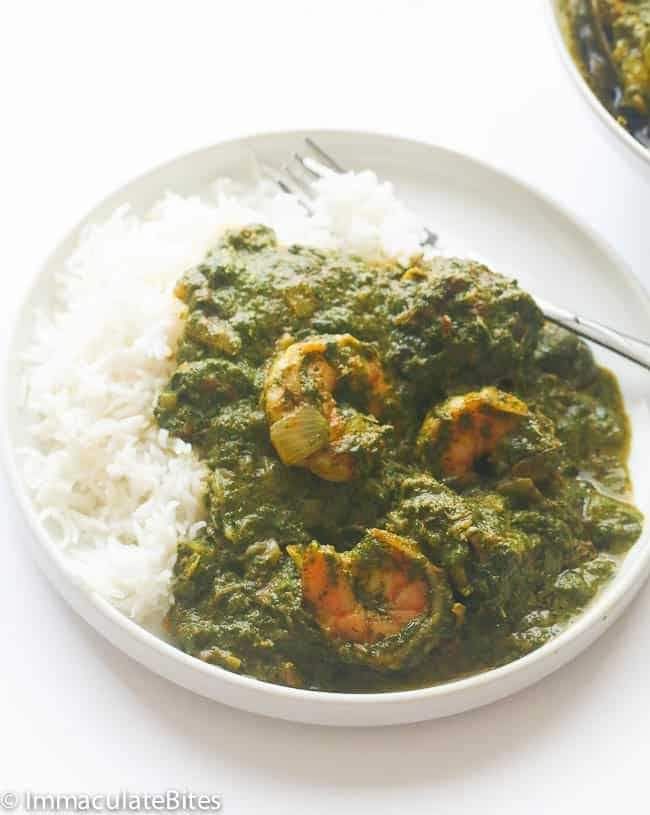Cassava Leaf Soup and Culinary Culture.
I still recollect the initial culture shock I had over 15 years ago when I came across Cassava leaf soup in Freetown. I couldn’t wrap my mind around it because I never associated Cassava leaves as normal edible vegetable.


And this was not helped by the stories I internalised as a kid about the things I was told my people ate to survive the war. Cassava leaf being one of them as other vegetables were scarce due to war situation.
Seeing Cassava soup in a country that also came out of a civil war few years before made me to erroneously link Cassava leaves with sort of vegetable people fall back to during war influenced hunger. But I was wrong.
The older I get, the more courage I muster to challenge my taste buds and stretch its preferences beyond comfort zone. I first tasted Cassava leaf soup in 2019, and that was after consulting Google on the nutritional values of the vegetable.
I have embraced functional feeding in the last five years meaning that taste has been relegated while nutritional value takes centre stage. So learning that Cassava leaves is chokeful of nutrients emboldened me more.
High in calcium, iron, zinc, β-carotene, total carotene, niacin and, vitamin C, I still wonder why only a handful of African countries eat it and how Sierra Leone and to some extent Liberia are the only West African countries where it is well consumed. In Ghana, the northern belt eat it while the southern part don’t. Someone told me there are pockets of communities in Nigeria that eat the vegetable. I’m yet to confirm.
For a vegetable that has been found to be good for reducing bad cholesterol (LDL) and increasing good cholesterol (HDL) in the blood. Minimizing the risk of hypertension and ensuring blood sugar stability, why was it just a “Win the War” alternative vegetable during the Biafra War, and why did we abandon it?
Presently, it is an important vegetable in both DRC and Congo Brazzaville, Madagascar, Gabon , Cameroon, Sierra Leone, Tanzania and Zambia. And according to the FAO, in countries where cassava leaves are eaten as vegetables, producers earn additional income by selling cassava leaves. They’re not eaten in Uganda because the people feel it is for the very poor.
Interestingly, it is like pounded Ukazi leaves the only difference being that it is far softer than Ukazi. While chatting with the woman who owns the restaurant where I enjoyed this vegetable, she told me that it is prepared by leaching them in hot water, pounding them into pulp with a pestle and mortar before boiling in water along with groundnuts, fish, and oil. This process eliminates cyanogens from the leaves, making them safe for human consumption.
Would you eat Cassava leaves?


